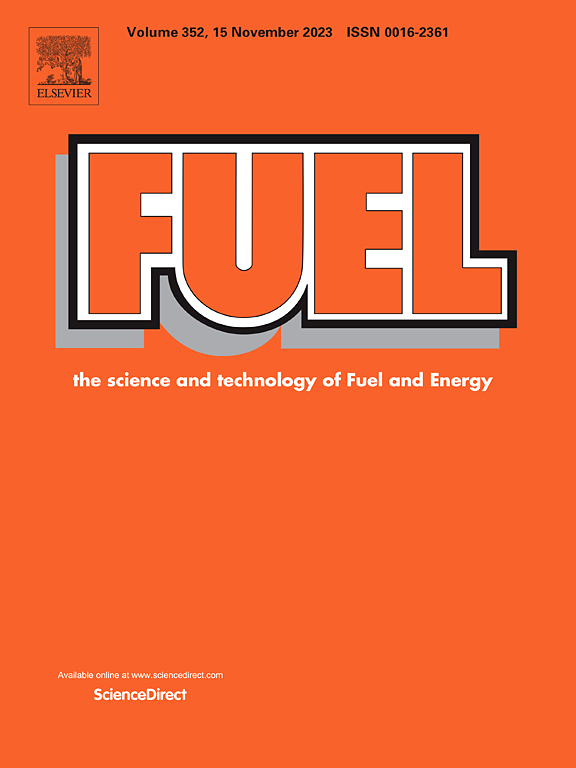Design of a heat storage integrated fluidized bed reactor for solar-driven gasification of low-rank coal
IF 6.7
1区 工程技术
Q2 ENERGY & FUELS
引用次数: 0
Abstract
Applying the 10-kWt tower-type solar field, a novel latent heat integrated solar-driven fluidized bed reactor is developed for low-rank coal gasification. Based on a decoupling strategy to analyse the solar-thermal-chemical process in complicated 3D reactor, the current work focuses on the thermo-chemical response inside the reaction chamber. Employing equivalent solar heating boundaries obtained by the pre-study, a numerical model of the reactor, which simulates detailed thermo-chemical process in the fluidized bed gasification chamber, is formulated and validated with the literature data. With this model, the fluidized low-rank coal gasification process from the latent heat integrated solar reactor is investigated and compared with the benchmark solar reactor, whose equivalent heating boundaries come from the typical volumetric solar receiver. Results exhibit that the gas–solid flow patterns are positively influenced by the presence of latent heat, demonstrating a more stable bubbling fluidization state compared to those without latent heat integration. Meanwhile, the syngas composition and solar-to-fuel energy conversion efficiency can be significantly enhanced by the integration. Reactor equipped with latent heat storage (LHS) component maintains a relatively high hydrogen content of approximately between 68 vol% to 69 vol% and a considerable solar-to-fuel efficiency ranging from 75.2 % to 80.9 %.
求助全文
约1分钟内获得全文
求助全文
来源期刊

Fuel
工程技术-工程:化工
CiteScore
12.80
自引率
20.30%
发文量
3506
审稿时长
64 days
期刊介绍:
The exploration of energy sources remains a critical matter of study. For the past nine decades, fuel has consistently held the forefront in primary research efforts within the field of energy science. This area of investigation encompasses a wide range of subjects, with a particular emphasis on emerging concerns like environmental factors and pollution.
 求助内容:
求助内容: 应助结果提醒方式:
应助结果提醒方式:


